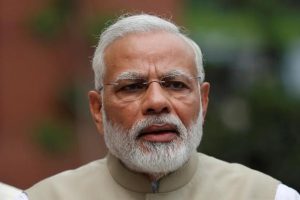Flaws in India’s economic growth model are becoming clear

The cash ban—poorly conceived and executed—has greatly damaged Narendra Modi’s reputation as an economic manager. Photo: Reuters
India has a way of confounding expectations. Analysts agreed that, months after Prime Minister Narendra Modi’s ill-fated decision to withdraw 86% of currency from circulation overnight, growth would bounce back. Economists polled by Bloomberg expected growth in the April to June quarter to be 6.5%; other estimates were even higher. So when the government’s official statisticians released the real number last week—5.7% over the equivalent quarter of the previous year—there was general surprise, even shock.
From the outside, it may seem puzzling that Indian growth is stuttering, given the benign macroeconomic environment: easy money flowing in, global growth reviving, solid government revenues and deep foreign exchange reserves, oil that’s still not too pricey, and decent monsoons that have kept food prices and thus overall inflation low. This is a very different scenario than India faced the last time growth began to stutter, when the government had to deal with high oil prices sending inflation, fuel subsidies and the import bill through the roof, not to mention 2013’s so-called taper tantrum. So what could India be doing wrong, given that everything seems to be going right?
Credit: livemint.com
